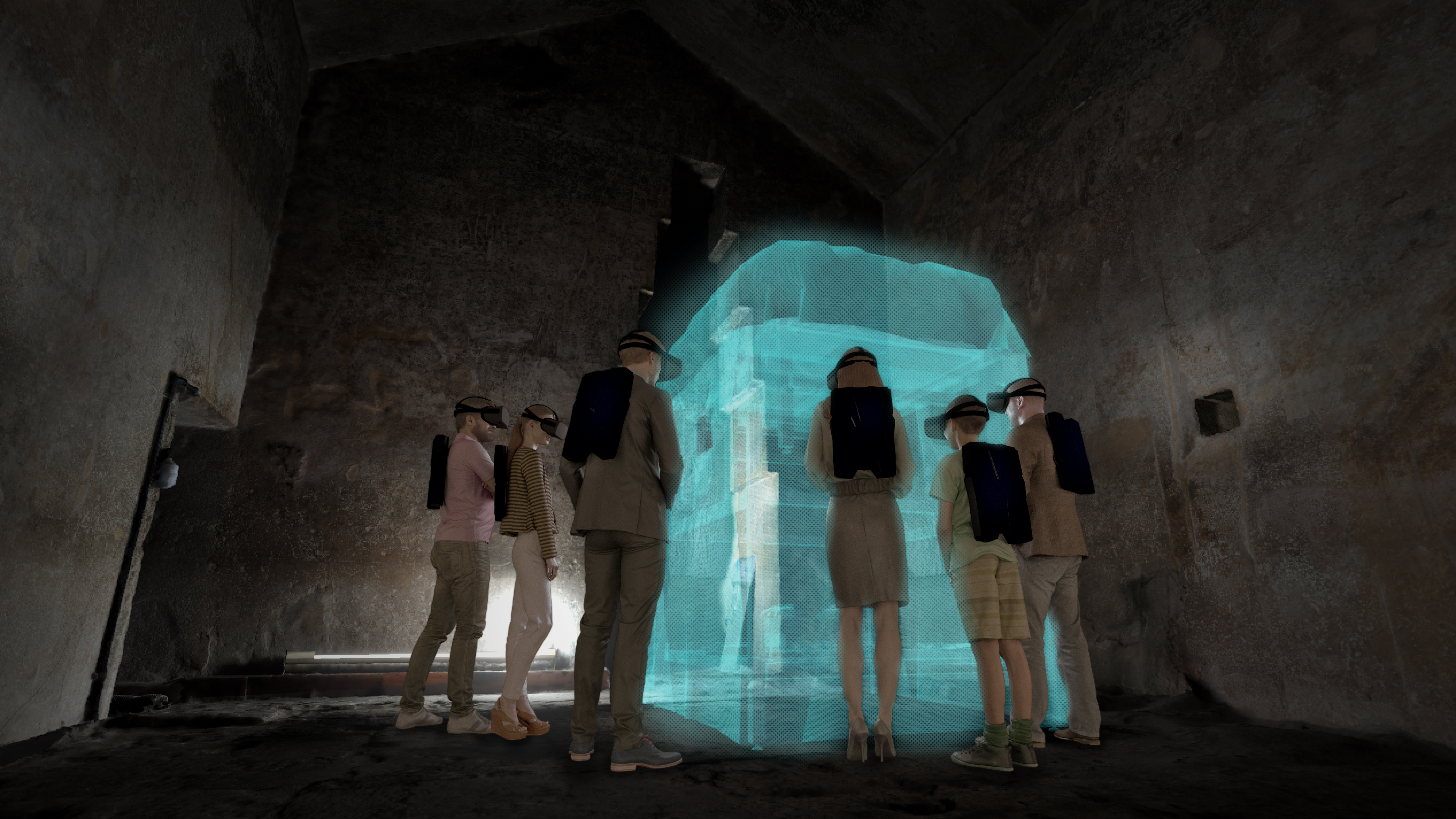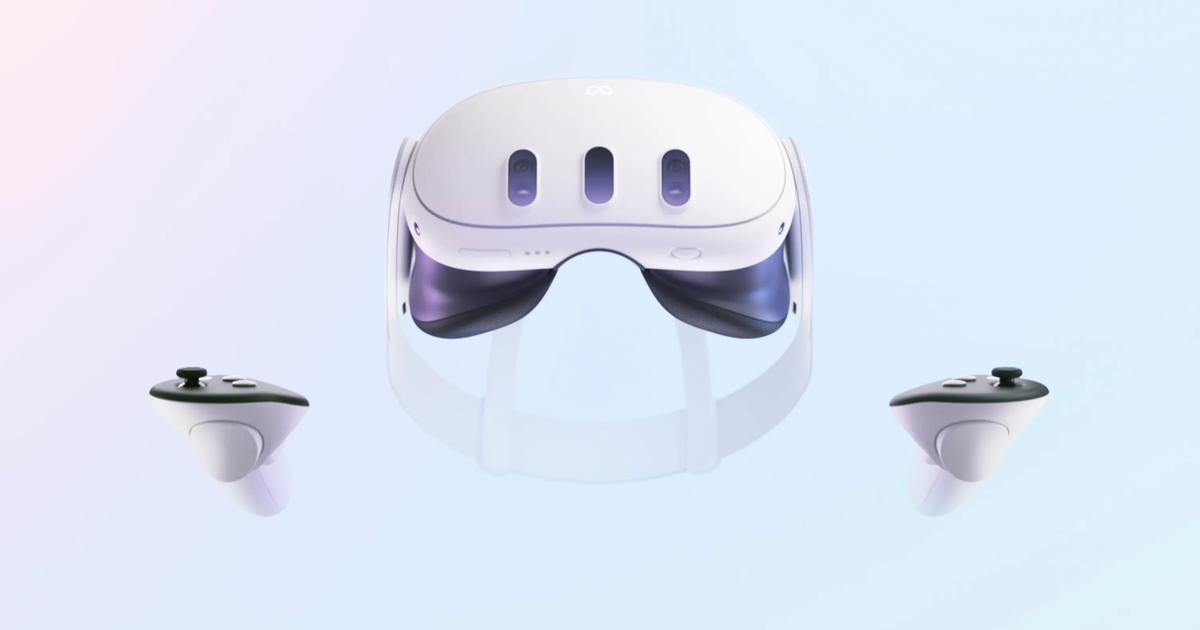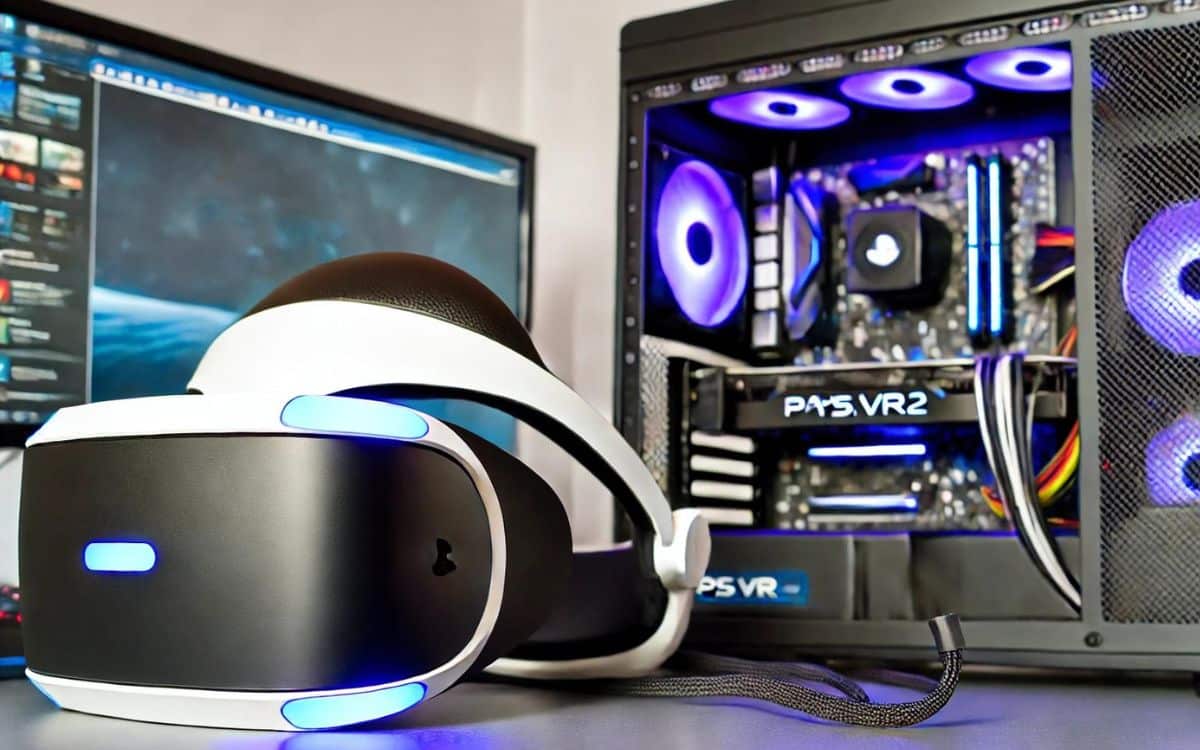For several years now, museums and heritage sites have been constantly reinventing themselves and adopting technology to enrich the visitor’s experience. Recently, immersion has been sought, facilitated by the use of virtual reality and olfactory techniques. Are these experiences, closer to entertainment and sometimes outside the walls, a good thing for the culture sector?
Mediation tools have developed a lot in the culture sector in recent years. No more traditional audio brochures and explanatory brochures. Even if it stays, it has given way to mobile apps, experiences in augmented reality, virtual reality and artificial intelligence. For example, the Army Museum offers an augmented reality experience about the world of Assassin’s Creed, the Château de Chambord lets you go back to the Renaissance with a HistoPad also equipped with augmented reality, and the Louvre offers a Nintendo 3DS for kids, Château du Clos Lucé immerses visitors in the world of Leonardo da Vinci Through virtual reality, the Louis Vuitton Foundation provides a chatbot to learn more about the works on display.
Alongside these new mediation tools, immersive experiences built to the finish are being developed. The visit is almost no longer thought about work, it becomes an excuse to live an experience. Works are interchangeable and adaptable to new forms. Sometimes they are created for this experience. The most telling example is the immersive experiences offered by Culturespaces (Carrières de Lumières in Baux-de-Provence, Atelier des Lumières in Paris, Bassins des Lumières in Bordeaux, etc.). On the walls, works are paraded to the beat of the music, sometimes even alive, far from the paintings hung on the wall in museums. More visual than intellectual experience since no business information is provided during the visit (some text is provided in advance).
Cézanne, the exhibition “Lights of Provence” at the Atelier des LumièresCulturespaces
Immersion is also made possible thanks to virtual reality. The most impressive piece of work is that of Emissive, which developed “immersive expeditions” that we were able to test on several occasions. Equipped with a virtual reality helmet and a backpack containing the device, the visitor develops in a free-moving room. Accompanied by a guide or not, he can visit inside the pyramid of Khufu, the Lascaux cave or even the Notre Dame de Paris. An experience that can be offered in a cultural institution, as is currently the case at the Cité de l’architecture et du Patrimoine, or outside the walls, as in the Place de la Défense. At the crossroads of art, science and technology, the scope of these creations goes far beyond the cultural sphere.

Al Ahram School Emissive
Why not add a sense of smell to drown out visitors during the exhibition? This is what the National Museum of Natural History offers through its “Sensory Odyssey” presented through July. The result of collaborations with directors, museum painters, scenographers, engineers, developers, neuroscientists, visual artists, perfumers and special sensory effects creators, the exhibition transports the visitor to the savannah, tropical jungle, ocean or the Great North through its videos and scent.
Offer before sending?
Should the aspect of “entertainment” be preferred over knowledge transfer? Will those visitors who have seen the moving works of an artist at the Atelier des Lumières or have visited the Lascaux Cave learn something about? Such is the complexity of this new media. Immersion generates feelings that allow better retention of the information to be provided. But you still have to get it.
These experiences, however, are a good introduction to the artist’s work, visiting the monument, and enriching already existing content. It should not exist alone, but should allow as many people as possible access to the culture.
Read also:

“Certified gamer. Problem solver. Internet enthusiast. Twitter scholar. Infuriatingly humble alcohol geek. Tv guru.”





